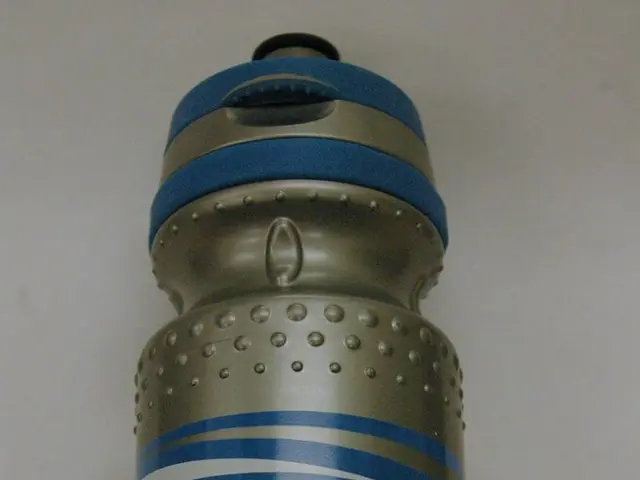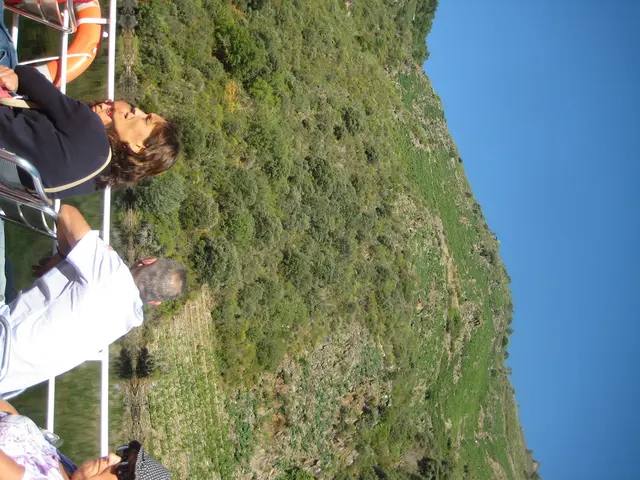Lapwing Population Plummets: Conservation Efforts Underway
The lapwing, a familiar sight and sound of the UK countryside, is facing serious threats. Once common, this bird's population has plummeted by 60% in the past 25 years, leading the RSPB to red list it. Conservation efforts are underway to protect this distinctive wader.
The northern lapwing, known for its striking pied plumage and plaintive two-note call, breeds in March. Males create scrapes on the ground for females to choose from, and incubation lasts 25 days. This species is the UK's most common breeding wader and belongs to the Charadriiformes order.
During the breeding season, male lapwings perform acrobatic displays in the sky. They have long pink legs, iridescent feathers, and jaunty crests. To deter predators, lapwings have a collective noun, 'deceit', as they create false nest sites.
The decline of lapwings began with the Victorian 'egging' craze, where lapwing eggs were collected and sold in London. The 1926 Lapwing Act ended this practice, but changes in agricultural methods further impacted their numbers. Various initiatives have been launched to maintain suitable nesting habitats and encourage farmers to plant spring-grown crops. One such project is 'Project Peewit', a joint scheme by the Wiltshire & Swindon Biological Records Centre and the Wiltshire Wildlife Trust, aiming to locate lapwing sites and identify problems they face. This project is carried out by the Wiltshire Wildlife Trust.
The lapwing's decline is a cause for concern, but conservation efforts are underway to protect this iconic bird. By understanding and addressing the challenges lapwings face, we can help preserve this evocative sight and sound of the countryside for future generations.
Read also:
- Home Pest Control Methods with an Emphasis on Environmental Friendliness in the Year 2024
- LA Announces March Lineup for Their Site
- Construction company Newkirk Novak issued a Public Notice in relation to the Clean Water Act
- Guide on Water Chemistry Dosage: Understanding What, How Much, and When to Add!






